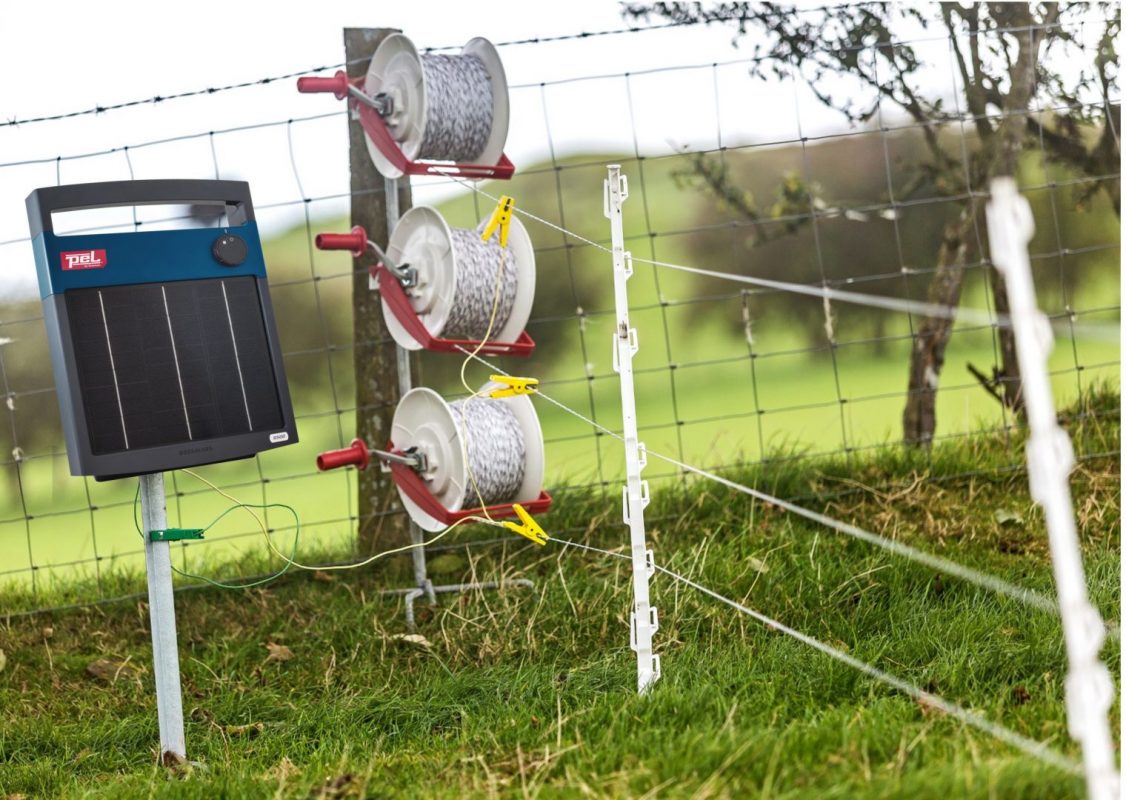Electric Fencing
Utilising Autumn Grazing
With the good grass growth conditions this year in stark contrast to the drought of last summer, many farmers have the issue of too much grass. So how do we utilise this and ensure good quality through the winter and reduce winter kill before next spring?
The obvious solution is to bale excess grass – This is a good way to utilise grass and provide additional forage for the winter. The problem is, will that grass recover should the weather come cold and when can we get on the land to replace the nutrients that we have replaced. The forage will be lower in energy and will need machinery to remove and feed it.
A more cost-effective option in the correct conditions may be to utilise this grass as deferred grazing. Tupping or growing animals need the best quality grass during this time to ensure a good number of lambs at scanning for next years crop. However, as long as ewes are in target condition score, and once the ewes are safely in lamb they can be put onto a maintenance diet, or as is the case of this year, some ewes can even afford to lose some condition before next spring. Deferred grazing is a real option in the right conditions. The utilisation of this grass is key as we run the risk of trampling in a lot of the grass if set stocked. This field may be one of your most distant fields so how do we increase utilisation? A solar energiser can enable you to do this.
Allocate the amount of forage required for that group of stock to meet with their maintenance requirements using electric fencing. Utilisation on set stocked pastures can be around 50%, paddock grazed pastures can help us achieve up to 85% utilisation, meaning, as farmers we are getting a better return from the rent, grass seed, lime, and fertiliser we are applying. The more frequent moves the better when considering utilisation. The same can be done with suckler cows after weaning with cows being allocated an area based on their condition score and expected calving date. Some farmers are now even using electric fencing to achieve outdoor weaning using electric fencing to reduce stress on the stock, reduce the winter housing period and also save on labour.
As farmers we often say, “I don’t have time to move fences” but, a different mentality would be that we have to check our stock daily moving stock daily via an electric fence gives you the opportunity to check stock efficiently. Electric fencing enables you to utilise grass more effectively whilst also saving time and money. Something to consider on the drier areas of the farm perhaps as we move into a new era for agriculture.
Forage crops – Filling the forage gap.
With heavier silage crops and improved grass growth, a lot of farmers have taken the opportunity to reseed tired swards. As we move into a new era of agriculture the aim is going to have to be to get the most we can from the productive land we have, potentially working less acres more intensively and putting more of the less productive and high environmental value land into whatever schemes there may be. Whatever crop we grow we need to ensure high utilisation of that crop.
This year or next following silage, you may look to direct drill some brassica in to be utilised in the winter months to lead into a spring reseed.
With tenant farmers recently dealing with increased rents and shorter rental terms as well as having to farmland away from the main steading an electric fencing energiser allows you to consider growing a forage crop on land away from the farm where in the past you may not have considered it. This allows you to get the maximum output from the land you are renting with the reduced worry of having to charge and change batteries.

Written by James Hadwin
JH Agri Consultancy


